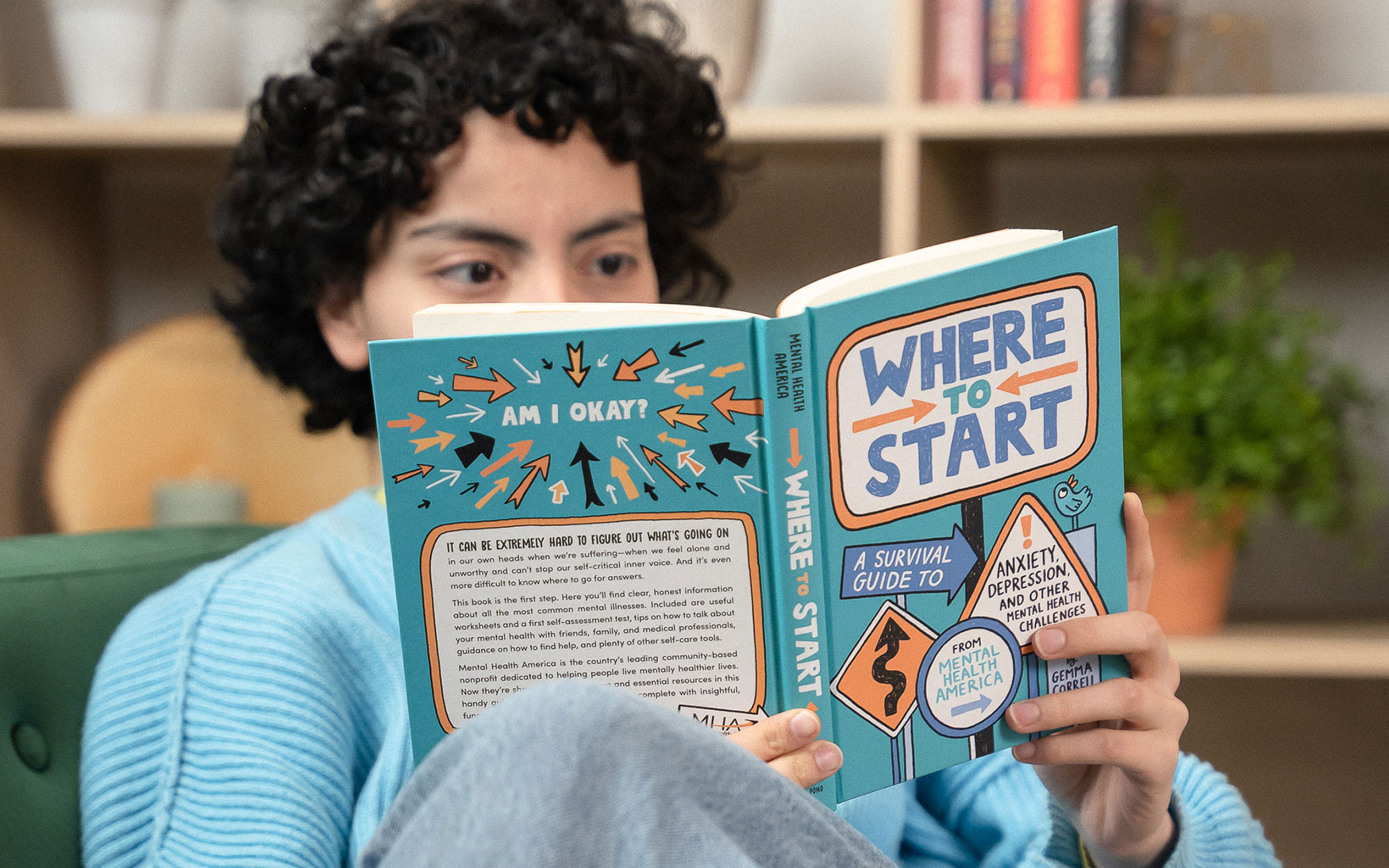Social media, youth, and comparison
With so many posts across feeds, timelines, and social media apps, young people today may start to comparethemselves and their lives to what they see on their screens.
Sometimes this can help them make sense of the world, be motivated, or get inspired. But other times this can negatively affect their confidence, self-esteem, and bodyimage. They may not even be aware that they are comparing themselves to others and the negative thoughts that come with it.
As adults in young people’s lives, it’s natural to want to protect children from what they see online. While it’s not always possible to protect them in a world where social media is unavoidable, we can look for signs they are struggling and provide support and resources to help them cope and be confident in themselves.
Common comparison traps
Body image
Many young people today are struggling with body image and insecurities. Social media is full of classmates, influencers, and celebrities showing off their seemingly perfect looks – most of which are edited.
Remind youth that they are only seeing a small sample of what people really look like, and how those people want to look online. Social media doesn’t represent all the different body types, skin tones, and hair texturesin the real world. Encourage kids and teens to think about all the things they appreciate about themselves and their bodies and make a list in a journal or the notes app on their phones. This list is something that they can go back to when they feel comparison thoughts creeping up.
Online popularity
For young people, their social media profiles are extensions of themselves. When they don’t have as many likes, followers, or views as their peers, they often takethis personally, which can make them feel isolated, rejected, and hurt.
Acknowledge their feelings – when something hurts, it hurts, no matter how trivial it may seem to you. Remind them of all the people who support them in their lives offline and that there is more to life than social media profiles. Let them know that the number of likes or anything else on social media doesn’t define who they are. This may be a good moment to remind them that only they can define themselves.
FOMO: Fear of missing out
FOMO is the feeling of worry or insecurity about missing out on something like an event or opportunity. You may have experienced this but called it something else,like being left out or feeling unpopular. Young people can experience FOMO more often as social media is an endless stream of posts about parties, games, or celebrations they couldn’t attend. Or maybe youth are watching others hang out with friends, do activities they’ve always wanted to try, or take trips to places theyhave never been. All of this can make them feel left out and lonely.
Encourage youth to make real experiences and memories offline. Tell them that they don’t have to do what everyone else is doing online tofeel fulfilled. They can create their own goals, discover new hobbies or clubs, and build stronger relationships with those who are already in their lives. Remind them that a lot of what gets posted online is staged to some degree, and things tend to look more exciting than they actually are. If you also find yourselfexperiencing FOMO while on social media, be honest about it with your kid and work together to find space offline – being a healthy example is important for them to see.
Take a mental health test
Online screening is one of the quickest and easiest ways to determine whether you are experiencing symptoms of a mental health condition
Where to Start
Our book "Where to Start" tackles the issues you might see during this return to school with a jargon-free approach to understanding mental health.



